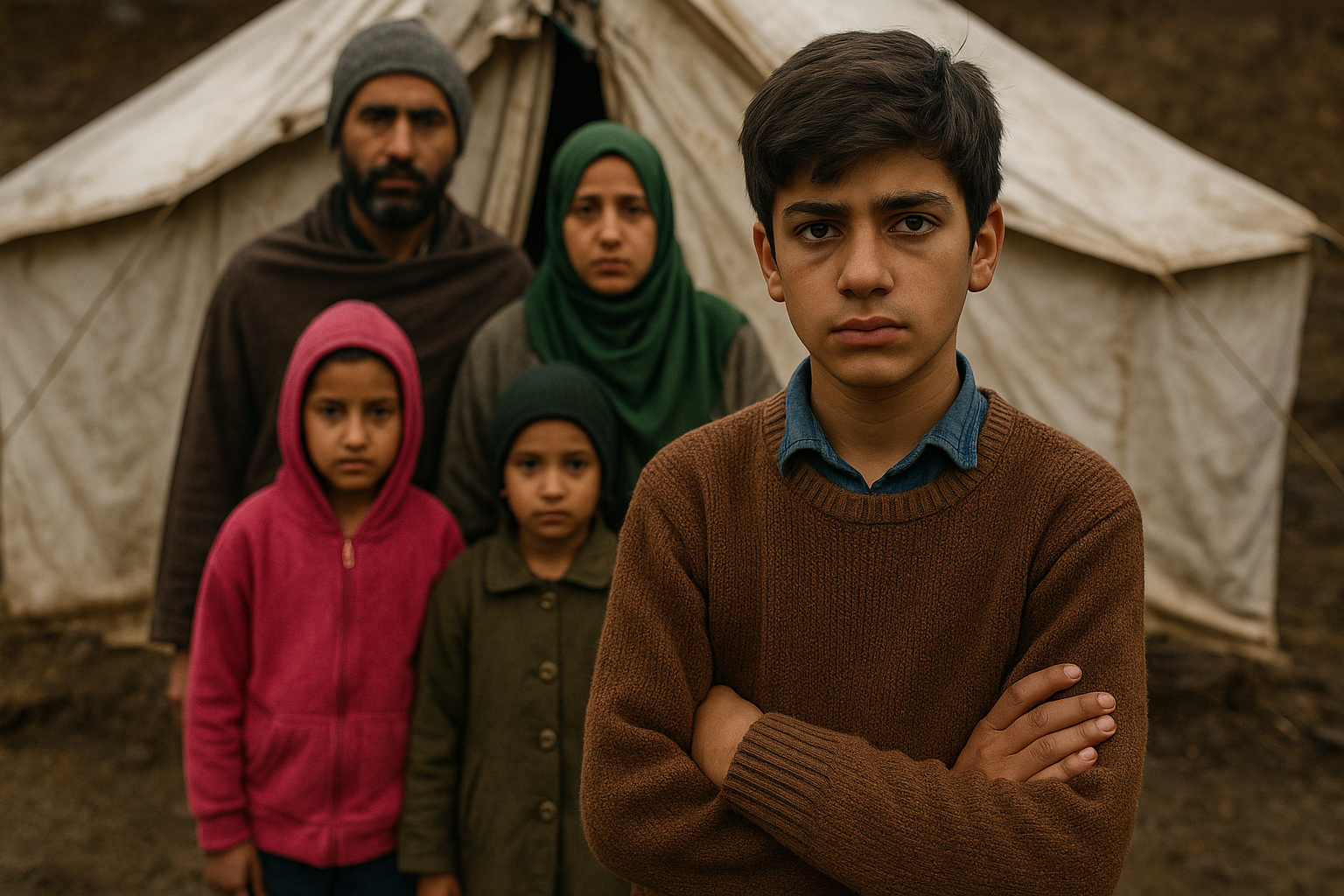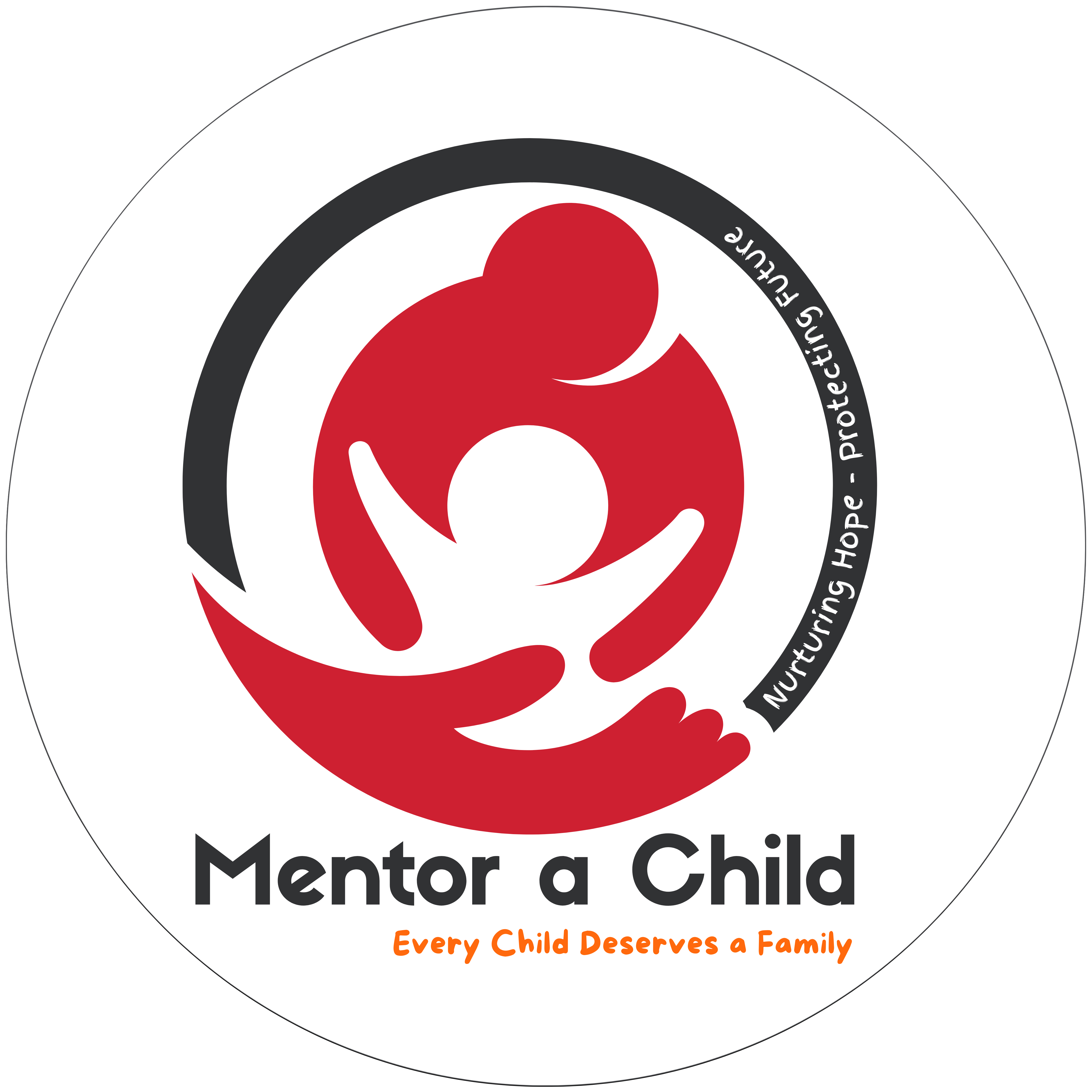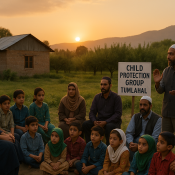
Omaiz
Background
It was in the snow-laden village of Pattan Palhallan, where winter winds whisper tales of hardship, that lived a family whose story epitomizes the plight of Kashmir’s impoverished communities and the transformative power of targeted intervention. The story of Omaiz (Name Changed), a 15-year-old boy, from his journey back to his family from institutional care is rich in understanding the successful reintegration practices.
Initial Situation Assessment
Family Context
Father: The family’s sole earner, operating as a street barbeque cart vendor
Mother: Seriously ill and continually seeking medical treatment
Siblings: Two sisters in 10th grade and 4th grade
Accommodation: Living in tents without flooring and with minimal provision for the family
Economic Status: Highly impoverished without the means of satisfying their fundamental needs
When Omaiz was 13 years old, his parents were facing extreme financial difficulties and could not provide the basic necessities of life to their son. Thus, they decided to put Omaiz in a Childcare Institute (CCI) in Palhallan. Though this decision was born out of desperation, it was temporary rather than permanent.
Intervention Strategy
Initial Assessment Phase
Individual Care Plan (ICP)
Comprehensive Social Investigation Report
Counseling sessions to understand Omaiz’s emotional state and desires
Through counseling sessions, practitioners discovered Omaiz’s strong desire to reunite with his family, reinforcing the principle that institutional care should be considered only as a last resort for children requiring protection.
Implementation Process
Family Readiness Assessment
Multiple home visits were conducted to evaluate:
Living conditions
Economic status
Family’s capacity and willingness to provide adequate care
Emotional readiness for reunification
Financial Support Initiative
Recognising financial constraints as the primary barrier to reintegration, practitioners:
Initially sought support from CCI governing bodies
When institutional support was not forthcoming, identified and secured an individual donor
Secured monthly educational support of 1000 rupees
Results and Impact
Short-term
Family reunification was successful
Omaiz’s mental and emotional well-being improved
Family dynamics and happiness enhanced
Continued educational support
Long-term Follow-up
Monthly follow-up visits confirmed:
Transition was positive and sustainable
Family stability
Educational progress was ongoing
Key Lessons
Success Factors
Initial comprehensive assessment
Regular counseling and emotional support
Creative problem-solving in securing financial support
Strong community engagement
Consistent post-reintegration monitoring
Wider Implications
This case illustrates that with appropriate support systems and community involvement, family reintegration can be achieved even in challenging socioeconomic circumstances. It reinforces the importance of treating institutional care as a temporary solution while working towards family reunification.
Conclusion
Omaiz’s story represents a successful reintegration, but even more so than that, it serves as a prototype for future interventions. It will be evident here how focused intervention, community-based engagement, and constant monitoring will transform lives, strengthen family relationships, and unite families without justifying the case of poverty by separating families.




